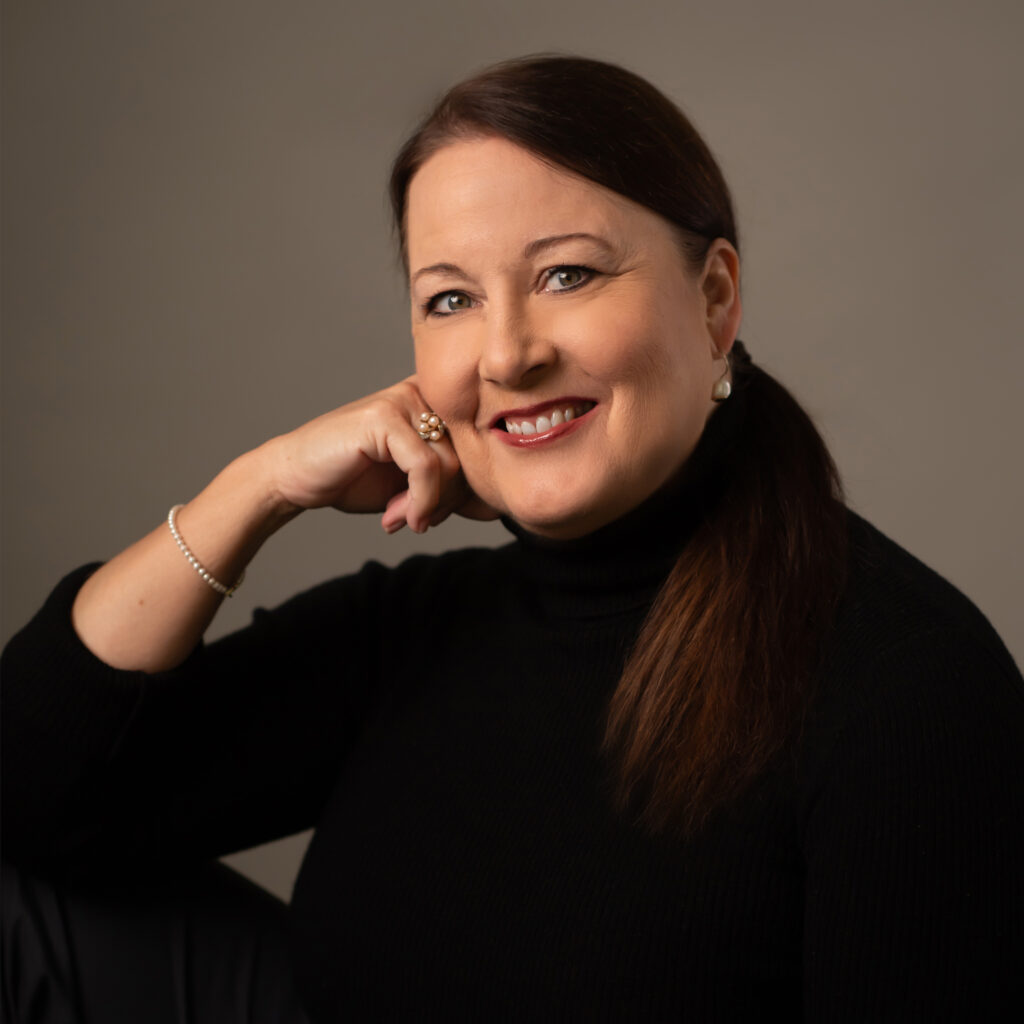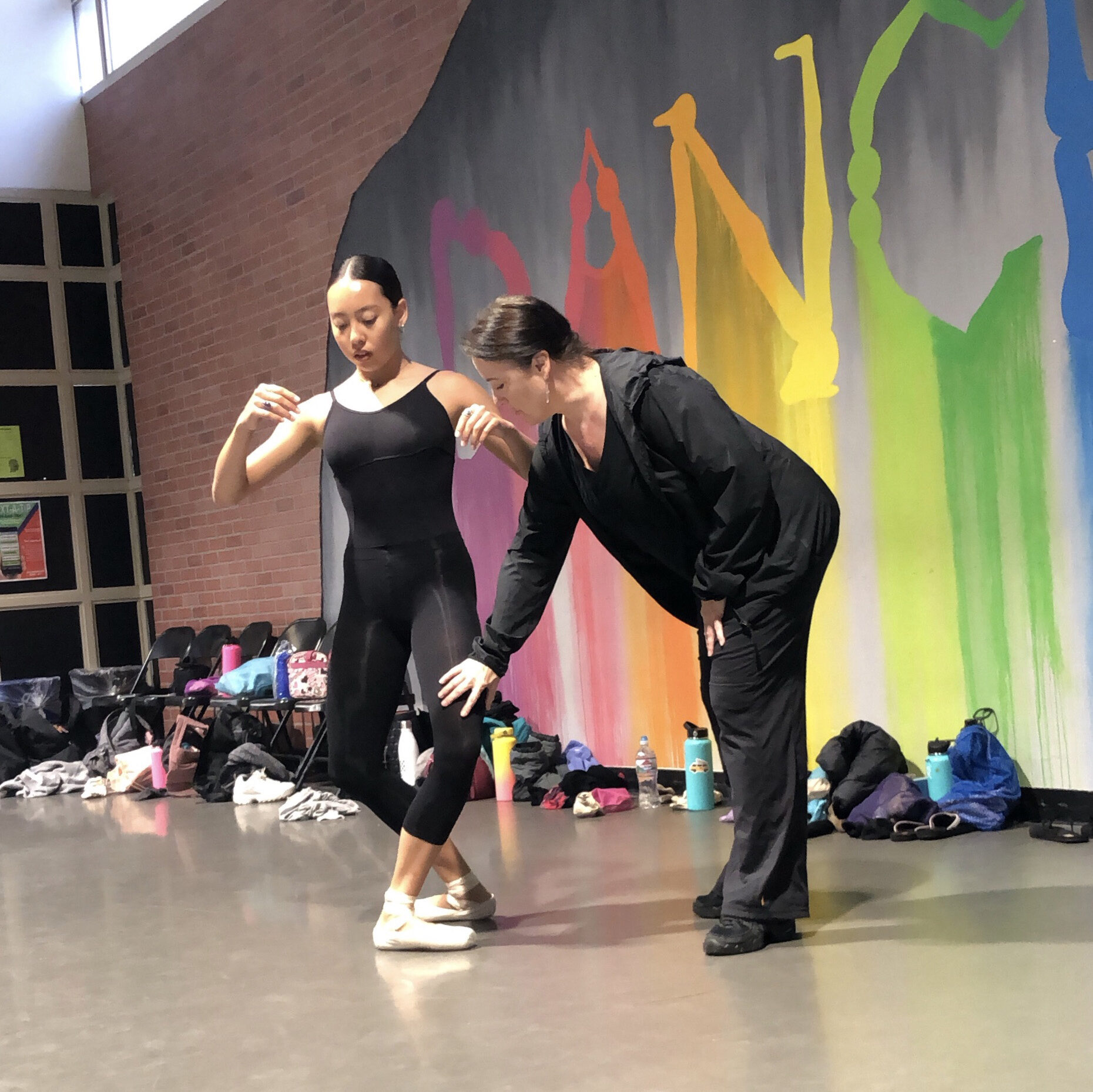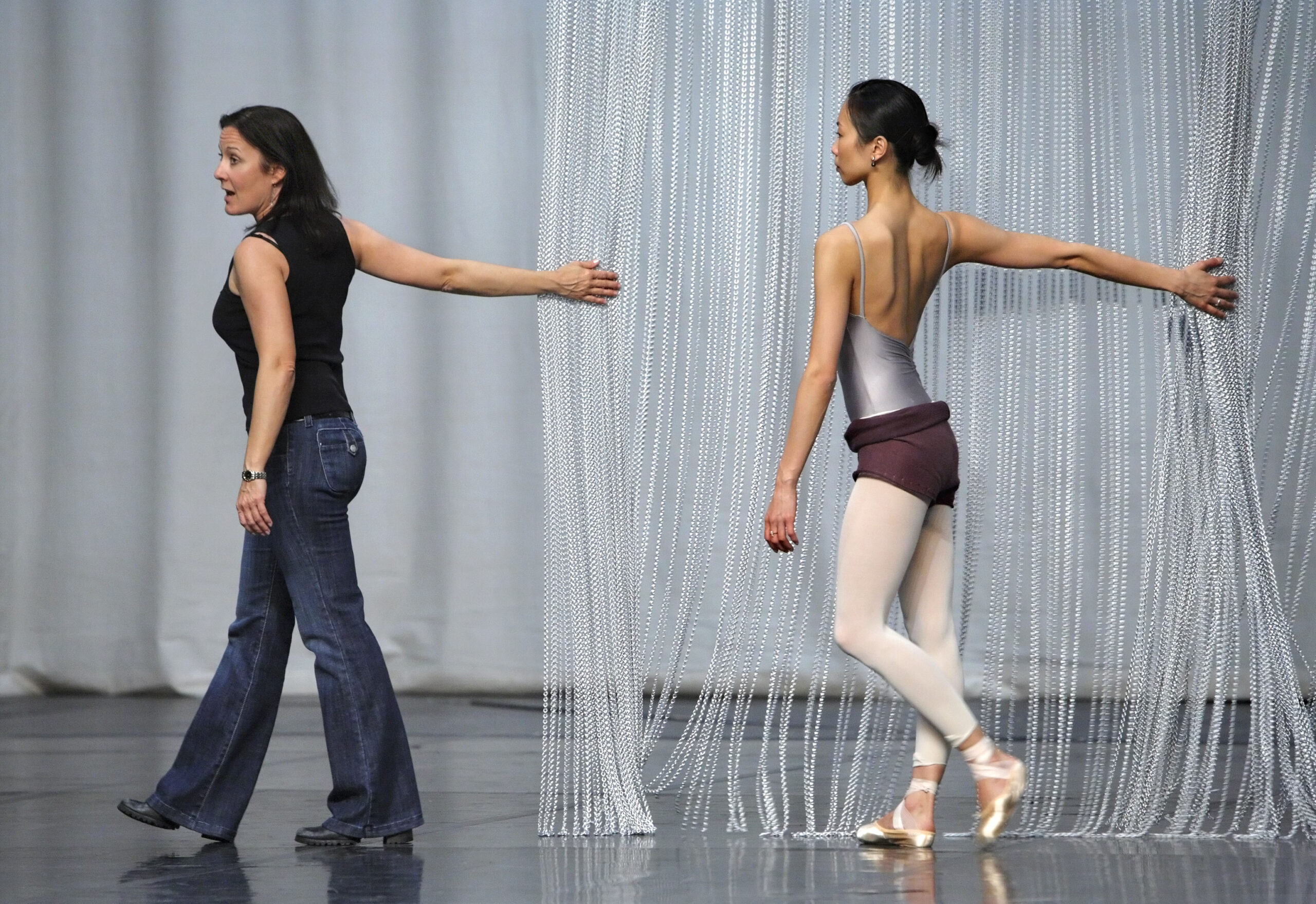Director and Choreographer Jodie Gates Shares Her Advice for Female Leaders in Dance

Jodie Gates is an all-too-rare figure in the dance world: an influential female leader. She began as a dancer at The Joffrey Ballet, Pennsylvania Ballet, Frankfurt Ballet under director William Forsythe, and Complexions Contemporary Ballet. Since retiring from the stage, she has built a resumé of unusually broad scope: a choreographer commissioned by Ballet West, The Washington Ballet, and others; founder and artistic director of the Laguna Dance Festival in Southern California; a professor of dance at UC Irvine; founding director and vice dean of the USC Glorya Kaufman School of Dance; and artistic director of Cincinnati Ballet from August 2022 to September 2023. (In a statement, the company described her departure after 14 months as a “mutual decision.”) Here, she offers her perspective to other women leaders in the field.
When I was a dancer, the field was dominated by males. That said, Robert Joffrey gave us a lot of autonomy. The agency that we had at The Joffrey Ballet helped shape me; when I direct and curate, I see in myself what Robert and Bill Forsythe gave me. After I retired, I was one of the few female choreographers in ballet.
I believe that my motivation and tenacity over the years were fueled by the lack of female leadership. Women have a different perspective that has been excluded for decades, and it is only going to benefit the field moving forward to have varying opinions and perspectives. I wore the pointe shoes; I danced Giselle. I can pass it on. It gives female dancers someone to identify with.
I would love to see more females creating full-length ballets. I still don’t feel like these opportunities are there. Is it because there are not enough females interested in doing it? Perhaps, so I think we need to mentor and have a creative space for that. It’s imperative that we hear from women.
We need to recognize what harm has been done generationally, such as mentoring that young male dancer to be a choreographer, but not that female dancer. We need to really look at how we are in the studio with one another, the language we use, how we can bring a sense of humanity into the room.

When you’re in the role of leading, it’s a hard job. You have to manifest success while listening to everyone. I think women leaders are perhaps judged more harshly than our male counterparts. What I would like to see is more opportunities, more communication. I see more women leading in academia, and that is changing.
The stakes are high for women, but it’s okay to fail—it’s okay to make a dance and fail, or make a decision and fail, and take accountability for it. Be patient. Learning as you go is difficult. Mentorship is key—don’t be afraid of asking for help. Most importantly, lean on us—lean on the individuals who have a breadth of experience. That sisterhood is a place of belonging.
Maybe it’s up to me to open my arms and say, “I’m here.” I would love to be able to help the next generation of creative thinkers and leaders. In this season of my life, it’s about, How can I be of service to the field? To be truly impactful, it needs shape-shifters and change-makers to move it forward.




